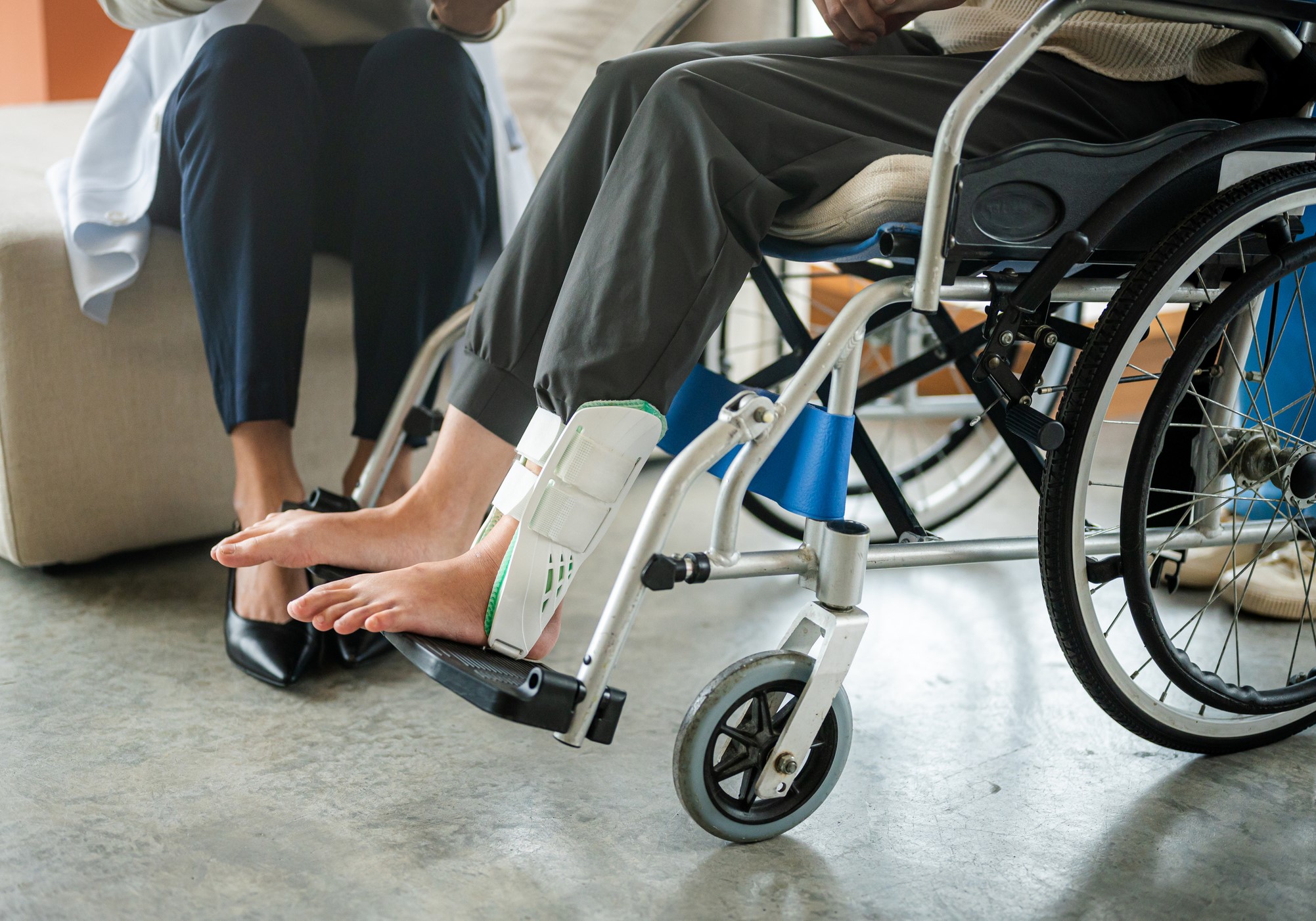Opioid Trends
Reports Show Little Change in Opioid Prescribing, Treating Behaviors

Average injured workers receiving opioids in Louisiana and New York were prescribed an amount that was double the median of 25 states studied, says a new report. The more than 3,600 milligrams of morphine equivalent narcotics per claim for the two states was three to four times the number in the states with the lowest opioid use.
The report, Interstate Variations in Use of Narcotics, 2nd Edition, was one of two produced recently by the Workers Compensation Research Institute. The first builds on a previous report and compares states’ use of prescribing patterns in workers’ comp for opioids and non-narcotic pain medications. It is based on approximately 264,000 claims and 1.5 million prescriptions associated with injuries from October 2009 to September 30, 2010, and prescriptions filled through March 31, 2012.
“Over the study period from 2008/2010 to 2010/2012, the amount of narcotics received by injured workers changed little in all but three states, Michigan, Connecticut, and Virginia,” according to the report. “Michigan saw rapid growth in the amount of narcotics received per claim, and there was a decline in narcotics per claim in Connecticut and Virginia.” The authors did not speculate on reasons for the changes in Michigan and Connecticut. However, they said Virginia’s prescription drug monitoring program saw a significant increase in registered users, which coincided with the study period.
Overall during the two-year study period, the amount of opioids received by the typical injured worker increased by 14 percent. In Michigan, however, the increase was 32 percent. “An increase in the number of narcotic prescriptions per claim; claims with stronger, Schedule II narcotics; and the number of narcotic prescriptions among claims with Schedule II narcotics contributed to the increase in the amount of narcotics per claim,” it said.
Connecticut saw a 23 percent decrease in the amount of narcotics received per claim by an average injured worker during the two-year period.
The states studied were Arkansas, California, Connecticut, Florida, Georgia, Illinois, Indiana, Iowa, Kansas, Louisiana, Maryland, Massachusetts, Michigan, Minnesota, Missouri, New Jersey, New York, North Carolina, Oklahoma, Pennsylvania, South Carolina, Tennessee, Texas, Virginia, and Wisconsin. The researchers compared the frequency and amounts of opioids prescribed in the 25 states. They put Louisiana and New York at the top of the list in terms of the amount of opioids received.
“To illustrate, a morphine equivalent amount of 3,600 milligrams per claim is equivalent to an injured worker taking a 5 milligram Vicodin tablet every four hours for four months continuously, or a 120 milligram morphine equivalent daily dose for an entire month,” the report says. “Considering our underlying sample of nonsurgical claims, the amount of opioids used by an average injured worker in Louisiana and New York is striking.”
In terms of the frequency of opioids, the report said between 65 and 85 percent of injured workers receiving pain medications were prescribed opioids as opposed to non-narcotic medications. Louisiana was at the high end of that ranking as 87 percent of its injured workers on pain medications were prescribed opioids. Arkansas was the highest at 88 percent.
When the frequency and amount of opioids were combined, Arkansas, Louisiana, New York, and Pennsylvania were at the top of the list. New Jersey had low frequency of opioid use, and injured workers there also received a lower than typical amount. Other states with lower frequency and use of opioids included Connecticut, Illinois, and Missouri.
One positive change was an increase in the prescribing of non-narcotic pain medications in most of the study states. “Among narcotic prescriptions, prescribing of Schedule II narcotics decreased or was stable in most study states, except Massachusetts, New York, Arkansas, and Kansas,” according to the report. “Connecticut had the highest increase in use of non-opioid medications, 5 percentage points. Non-opioid pain medications also increased by 4 percentage points in Florida, Missouri, New York, Pennsylvania, and Virginia. In Arkansas, prescribing of non-opioid pain medications decreased over the study period by 6 percentage points.”
A separate report shows the prevalence of longer term use of opioids and how often medical treatment guidelines are followed. Longer term use of opioids was defined as those claims that had narcotics within the first three months after the injury and had at least three visits to fill the prescriptions between the seventh and 12th months.
Once again, Louisiana topped the list with 1 in 6 injured workers identified as having longer term use of opioids in the 2010/2012 period.
As with the previous report, there was little change among most of the study states in the prevalence of longer term use of opioids. Michigan, however, saw the percentage of these claims increase by more than 2 percentage points over the two-year period. On the opposite end, the frequency of longer term opioid use decreased in Connecticut from 8.8 percent in 2080/2010 to 6.3 percent in 2010/2012.
Most medical treatment guidelines recommend urine drug testing and psychological evaluation and treatment of injured workers on opioid therapy. However, both services were infrequently received by injured workers.
While most states showed at least one drug testing service, the testing was less frequent than recommended by the guidelines.
Few longer term users of opioids had the recommended psychological evaluation, treatment, and reports, the authors noted. Ten percent or less of the users received psychological evaluation in all states except Indiana (11 percent), Wisconsin (16 percent), Minnesota (19 percent), and Texas (32 percent). The use of psychological treatment services was infrequent in all study states.4










